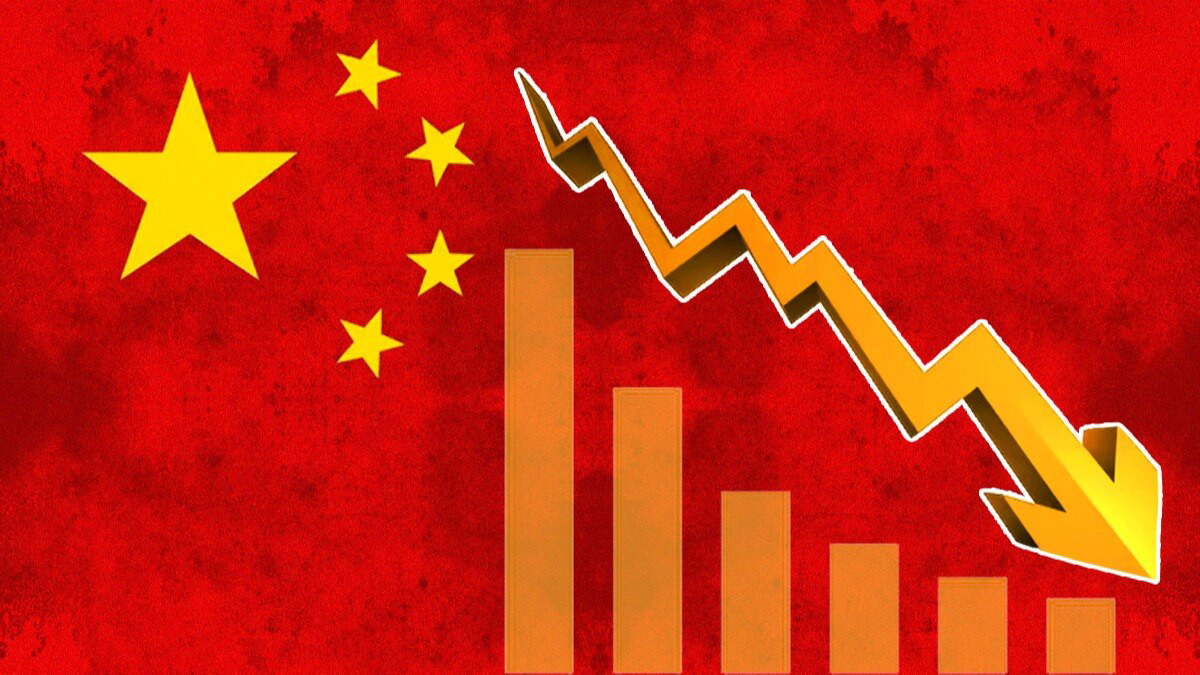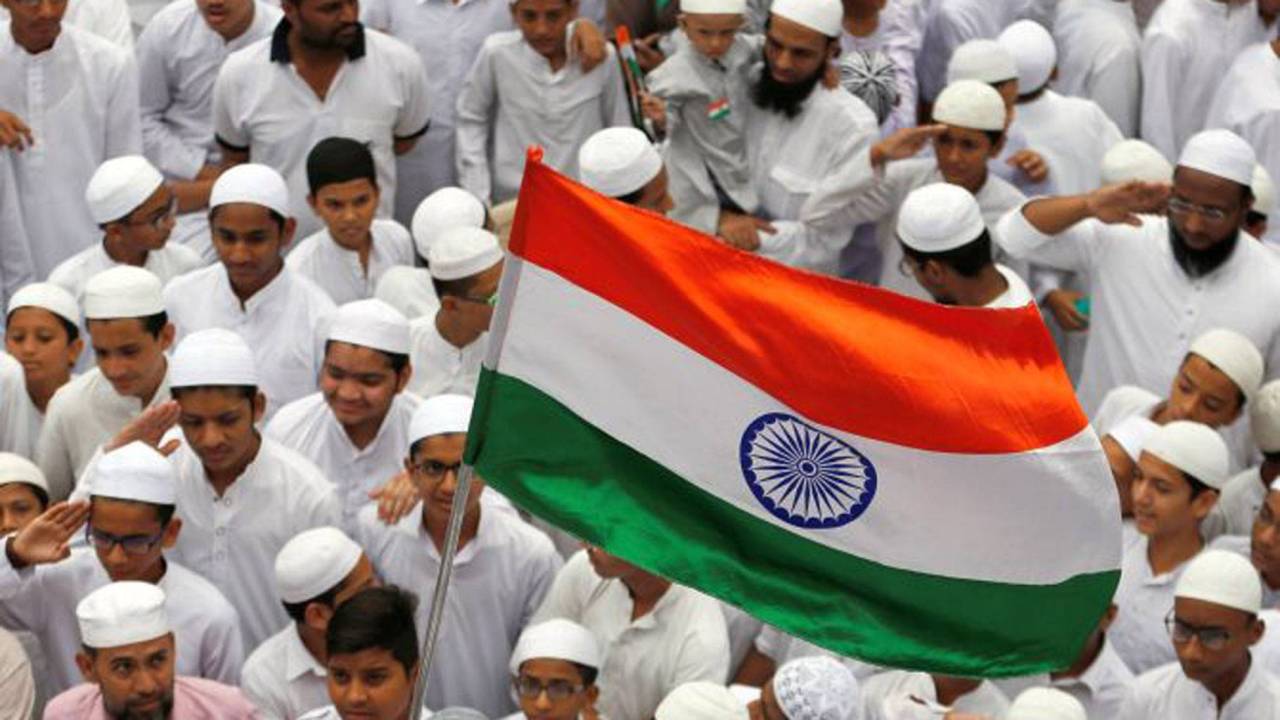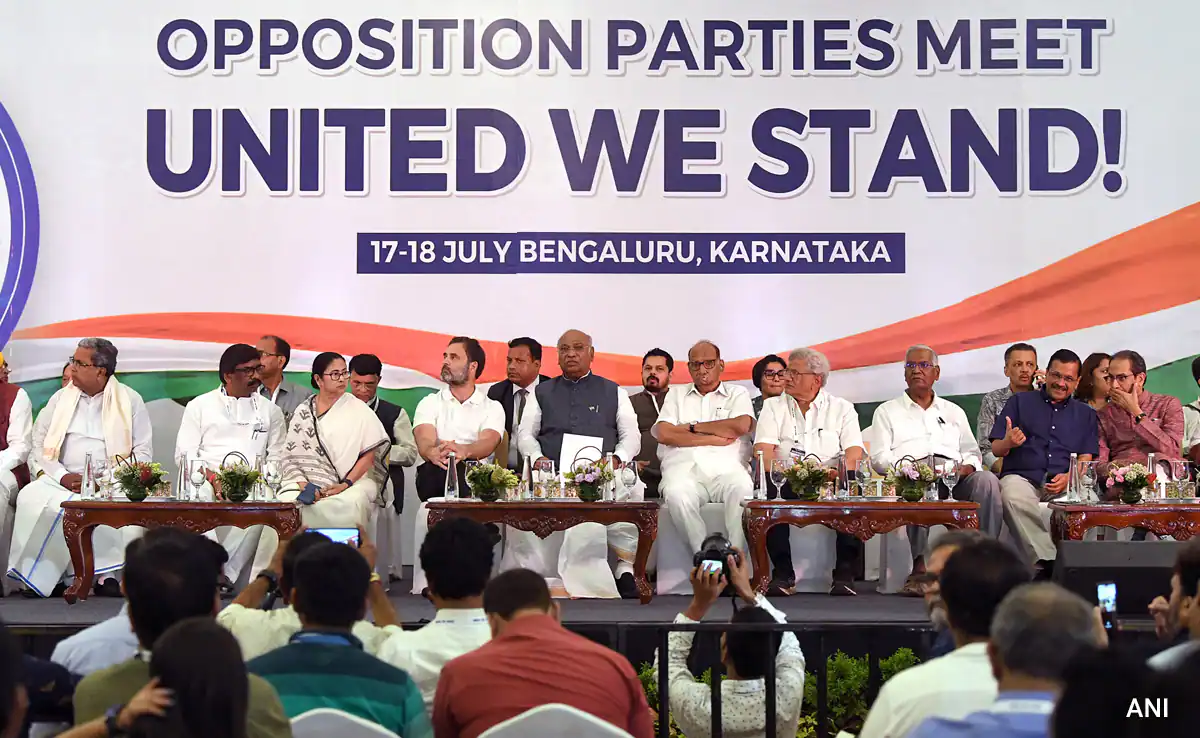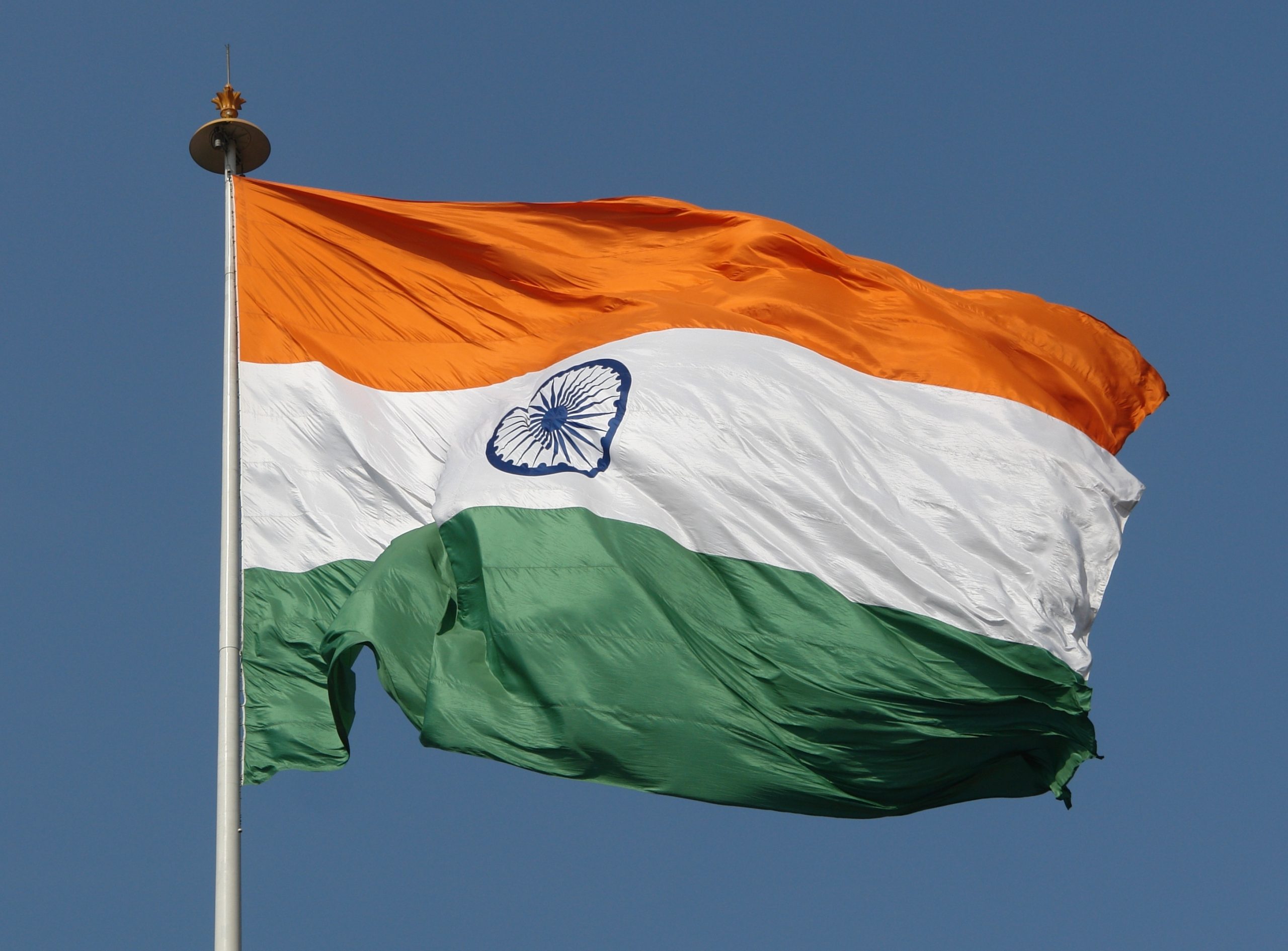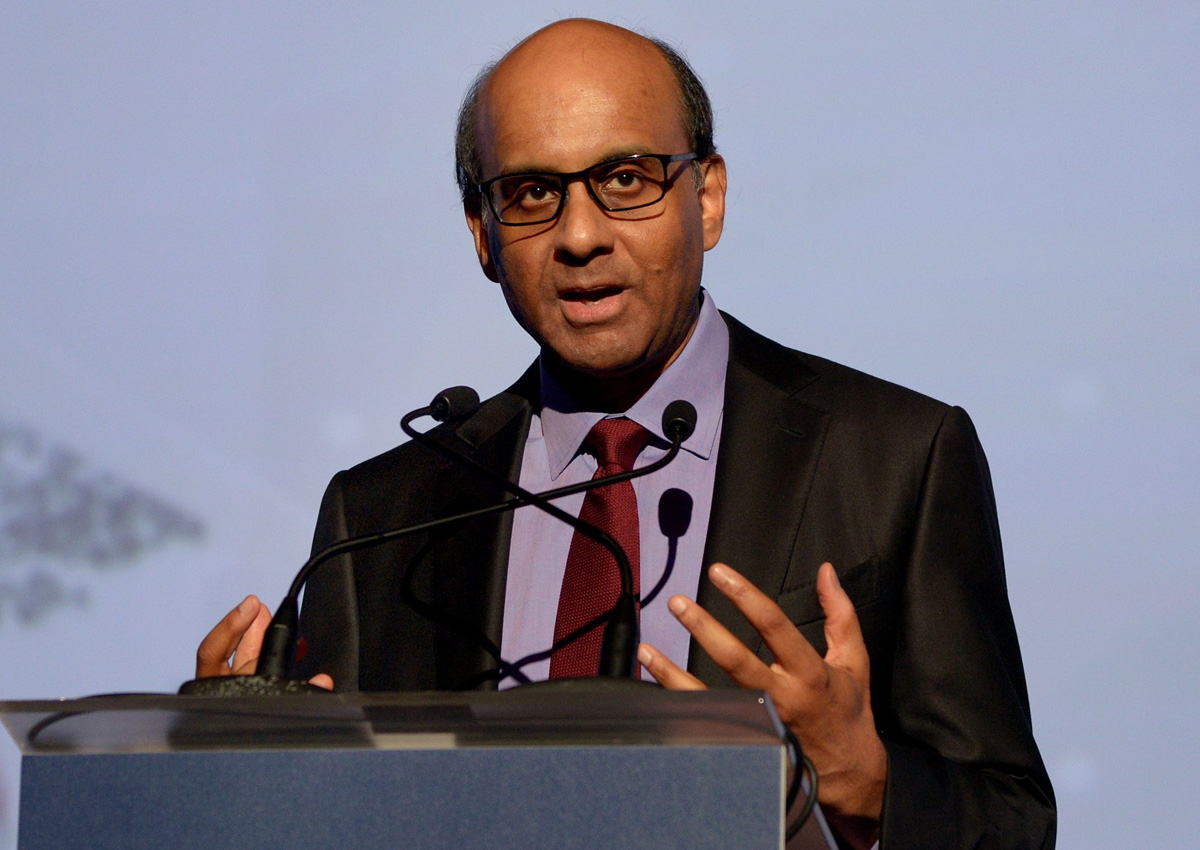The middle class stands out as a vital and dynamic force that affects the country’s growth trajectory and the fabric of India’s socioeconomic environment. The middle class, which makes up a sizeable section of the population, is essential to the advancement of society, politics, and the economy. We will examine the diverse advantages of India’s middle class and how they have impacted the growth of the country.
A socioeconomic class that is between the lower- and upper-income echelons of society might be generically referred to as the middle class. Its ability to afford a particular standard of comfort, education, healthcare, and consumer goods distinguishes it and helps to expand consumer markets.
On August 23, 2023, 1.4 billion Indians came together to see history being written when the Indian Space Research Organisation (ISRO) successfully landed the Vikram lander close to the moon’s south pole. This has not yet been accomplished by any other nation in the world, not even the so-called superpowers. As Vikram touched down on the moon, the ISRO control room, where the Chandrayaan-3 mission was being watched, erupted with jubilation. Who are the men and women who contributed to making this possible? Indians from the middle class Ordinary individuals who have done something no other country has done by their sheer will to succeed and want to make their country proud
These are the folks who attended regular schools and had a variety of setbacks as children but who yet gained admission to India’s most esteemed scientific body solely on the basis of their merit. The same firm is currently competing with the largest space agencies around the globe.
The middle class in India is now seen as the growth catalyst for our nation. a growth that is currently inexorable and inevitable. Middle-class individuals work both as employers and as workers. They are informed and educated. They have a significant impact on the nation’s current political discourse, which was long dominated by the “elite”. India’s elite is evolving as well; nowadays, a growing number of middle-class individuals can be regarded as the intellectual elite of the country.
This segment of Indian society has supported Narendra Modi as prime minister for the last two elections. It’s likely that it will repeat the pattern next year, maybe with even more sway. The emergence of Prime Minister Modi and the expansion of the middle class in India are related. PM Modi comes from a very modest background, like the majority of Indians. The prime minister shows the middle class of India that everything is possible if one works hard and is deserving.
The middle class’s weighted mean annual income increased from Rs. 4.4 lakh in FY12–13 to Rs. 13 lakh in FY22. By 2022, 13.6% of the population will have moved out of the lower income tiers relative to 2011. Similar to this, a substantial portion of Indians currently earn less than Rs 5 lakh annually. However, it is anticipated that this group will soon climb the social ladder, join the middle class, and begin paying taxes to the government. It’s also noteworthy to note that by 2022, just 64% of income tax returns would have zero tax due, down from 84.10 percent in 2011.
By 2047, when India will celebrate 100 years of independence and Prime Minister Modi has stated his goal of making India a developed country, the State Bank of India predicts that the average income of those in the middle class will increase to Rs 50 lakh.
The middle class in India appears to have a bright future. The middle class in India made up just over 31% of the population in 2020–21. But by 2047, India’s middle class will almost triple, accounting for 61 percent of the country’s population! India is poised to overtake the United States as one of the largest consumer markets in the world, and the middle class will be essential to making this happen. By 2030, India will have 357 million young customers under the age of 30, making it the country with the largest “young consumer market” globally.
The Indian middle class is contributing far more to India’s ascent as a formidable global force than mere demographics and economic facts suggest. Its effects cut across industries and even national boundaries. Today, some of the largest corporations in the world are led by people who come from middle-class households. Consider Sundar Pichai, Satya Nadella, Shantanu Narayen, and other leaders as examples. Closer to home, people like Nithin Kamath of Zerodha and Sridhar Vembu of Zoho have not only succeeded despite coming from low beginnings, but they also pass on the principles they were raised with to their offspring.
Names like Shah Rukh Khan, Akshay Kumar, Pankaj Tripathi, Manoj Bajpayee, and Nawazuddin Siddiqui have come to represent arguably the height of acting in the world of film. They are all from middle-class or even disadvantaged families. They put forth a lot of effort, and now the world is aware of their contributions.
Given that chess is now popular, it would only be appropriate to mention that grandmaster Praggnanandhaa, like the majority of Indian chess prodigies, including Vishwanathan Anand, originates from a middle-class family.
Indians are thriving abroad in academia as well. In foreign universities, there are a lot more Indian professors and lecturers to be seen. Many people, like Dr. Anurag Mairal of Stanford and Dr. Madhav Rajan of Chicago University, have received international recognition.
Sports are perhaps the best medium for showcasing the influence of India’s middle class and lower middle class. The bulk of athletes come from households that aren’t very wealthy and have overcome enormous obstacles. However, these individuals have given honour to India through their unwavering will to achieve and establish themselves. Consider Swapna Barman, Mary Kom, and Tajinder Pal Singh Toor, among a plethora of others.
The vision of a fresh, stronger, and more confident India is represented by the middle class today. An India that proudly embraces its roots rather than being ashamed of them a nation that takes pride in being the world’s oldest and longest-running civilization. India’s middle class wants to see it grow and become a significant economic force. These Indians also call on the government to preserve and promote India’s cultural heritage.
For many years to come, India’s middle class will continue to be its development engine. This group pays among the highest amounts in taxes and hence has a large impact on the development of the country. Additionally, this class is luring foreign investments and companies to India with its growing purchasing power and disposable income. These are regular people who boldly put in hard work every day, knowing that their efforts will undoubtedly benefit both them and the nation as a whole.
The middle class experiences difficulties including inflation, job instability, and economic swings, even though it is a strong driver for advancement. Policies that support job development, strengthen social safety nets, and offer accessible healthcare and education are necessary to ensure sustainable growth.
Additionally, the middle class has the capacity to propel sustainable growth. Their expectations for green products, conscientious consumption, and green efforts may persuade businesses to adopt more ecologically friendly procedures.
For many middle-class Indians today, life is easier than it was ten years ago. Be it the streamlining of the income tax filing process, the digitization of government and citizen redress mechanisms, or—and this is the most crucial—the elimination of bribery from Indians’ day-to-day existence, Many accomplishments may be attributed to the Modi administration. The same middle class that formerly needed to pay bribes to complete even the smallest tasks now has access to whole systems because the government has invested heavily in digitization and has eliminated intermediaries from many operations. This has had a significant influence on everyday people, and India is writing success story after success story as a result.
India’s success is supported by the middle class, which promotes democratic principles, social mobility, and economic prosperity. The future of the country is significantly shaped by its ambitious attitude, entrepreneurial drive, and dedication to education. India must continue to grow in order to become a worldwide economic and cultural powerhouse, and this development depends on identifying and fostering the middle class’ assets.



